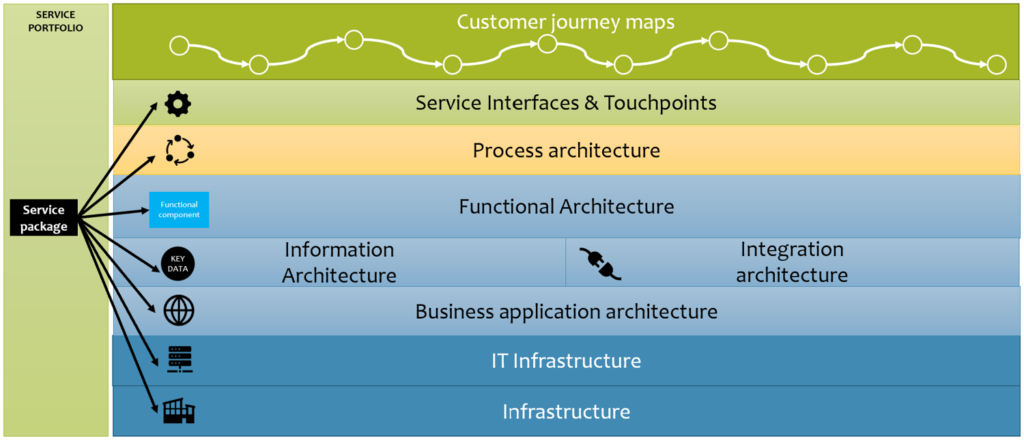M&A and Due Diligence loves Configuration Management
Gartner describes Mergers and acquisitions (M&A) as “transactions in which the ownership of companies or their operating units — including all associated assets and liabilities — is transferred to another entity.”
https://www.gartner.com/en/finance/glossary/mergers-and-acquisitions-m-a-
The part of the process in which an investigation, audit, or review is performed to confirm facts or details of a matter under consideration is called Due Diligence.
So, in layman’s terms the selling party makes claims as part of the sales process and buying party fact checks the claims as part of the Due Diligence process before committing to buying anything.
Exciting news! Your supervisor has just tasked you with helping your organization’s executives in providing information of the XYZ business line for the due diligence process of ACME Capital. ACME Capital is planning to buy the business line, your supervisor has named you as the go to guy for questions, and the guys from ACME have a bunch of questions.
ACME Capital, the people buying, will likely want to know
- Who are the customers of the business line?
- What services is the business line providing to external parties?
- Which customers subscribe to which services?
- Where are the contracts?
- What are costs per service and/or service components?
- How are the customers interacting with the services of the business line?
- What dependencies to other internal services, especially outside the business line, there are?
- What dependencies to services provided by external parties there are and who are the external parties?
- What technologies are in the stack?
- What kind of risks are there, to which component, and how are they being mitigated?
- What software licenses are we using?
- Who are supporting the technological components?
- Where (geographically and jurisdictionally) the components of the services are located
- What is the operating model / service management system used to operate the services?
- and many more…
Where to start?
So, performing the Due Diligence process requires understanding the business, and the business is a collection of interconnected services which the company either provides to external parties, provides to internal parties, or buys from external parties. In other words, understanding the business requires understanding the value creation in each service and how the services are interconnected.
- Customer journeys and associated Service Interfaces (Phone, web pages, APIs, SMS, etc.) – How do our customers and other users participate in the business activities?
- Underlying services and contracts – What are those service touchpoints made of who or what entities are subscribers, what other services are used to provide services?
- Processes and the organization around them – What entities are processing the information and how?
- Functional architecture, information architecture, and integration architecture – What functional components are we using from which business applications and what information are we processing and how is it moving between the functional components and systems?
- Business applications – What information systems are we using in our processes?
- IT Infrastructure – What are the components of the information systems we are using?
- Infrastructure (physical world) – Where are all the components located in the physical world?

Why do you need all this information?
In a M&A situation, the buying party needs to get a holistic view of what they are buying to plan for the integration of the new business into their existing enterprise structure.
The buying party needs to understand the people, processes, products, technologies, services, infrastructure, customers, vendors, operating model, and more to get a grasp of
- the risks associated with each of them and how those risks have been mitigated
- the available synergies between the buying entity and the entity for sale
- the need for streamlining operations
- the amount of work and money needed to glue the entities together e.g., by means of integrating information systems and operating models
- …and more.
Where the organization should have started
Organizations need to have a clearly defined Operating Model for (IT) Service Management describing the tools, organization, processes, and maintained information. Another term for the same is that organizations need to have Service Management System (SMS) defined.
One particularly useful piece of that puzzle is Configuration Management which describes the who, what, where, and how the Configuration Management Database (CMDB) is maintained and in what format (data model). That should answer most of the questions we had in our ”Where to start” section.
Having up-to-date information of the components of your service and the dependencies between the components and other services is crucial for truly understanding the service’s value creation and the associated risks and business impact. Configuration Management makes sure you have that information available, and not only for that purpose.
Contact us if your organization requires help in
- defining the Operating Model for Service Management (or Service Management System)
- defining the Risk Management process(es)
- the Business Impact Analysis
- the Business Continuity and Disaster Recovery Plans
- the Configuration Management, Service Asset and Configuration Management, or CMDB.
Need to know more?
Creative Service Management -handbook serves as an aid and information source for people working with service development, leadership and management. Order your copy from JustinShop.
If you need training on CMDB, Service Catalog topics or want to know the secrets of IT4IT, click here and familiarize yourself with Justin’s training offering
Checkout Creative Service Management videos on our Youtube-channel
- Intelligent Data Processing, introduces the secrets of functional architecture. The functional architecture enables the intelligent design and description of internal management systems, their functionalities, and the information processed in them.
- CMDB A-B-C: what a CMDB is and what benefits its use will bring to service organizations. In addition, the video will list the 4 most important things to consider when implementing CMDB and configuration management. English subtitles available!
If you’re not already following us on LinkedIn, you can fix it easily here: https://www.linkedin.com/company/justin-group-oy/
Julkaistu 12.04.2022
